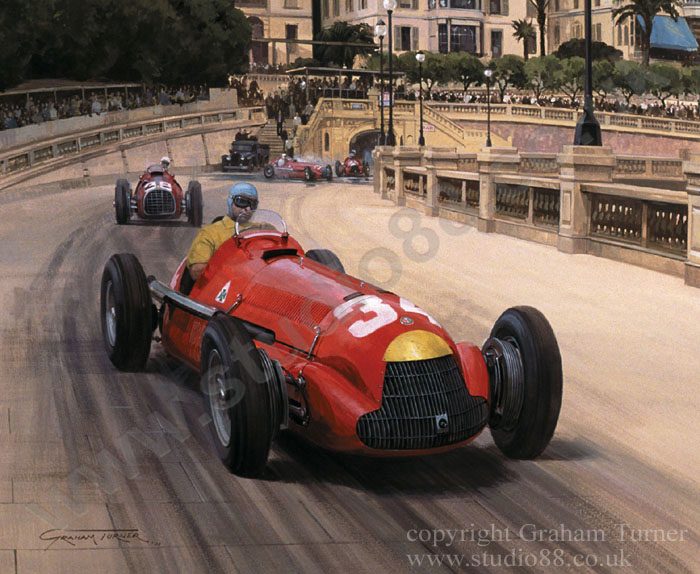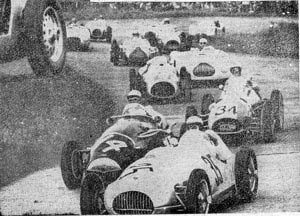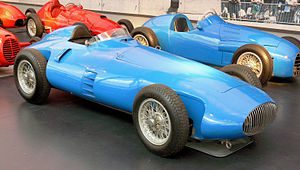- 2,217

- Isle of Wight, UK
A cursory Google tells me you're one year off, it was 1950.Passing half the field in half a lap makes me think of the 1951 (I think) Monegasque Grand Prix when a tidal wave flooded Tabac and almost everyone crashed out on the first lap. It could have been a backmarker but obviously, that's not a 1951 car going by the picture.
I also found an anecdotal story that as Fangio was approaching the accident, he noticed the crowd looking ahead around the corner instead of at him, and took that as a cue that something was wrong and to slow down, avoiding piling into the scene.











